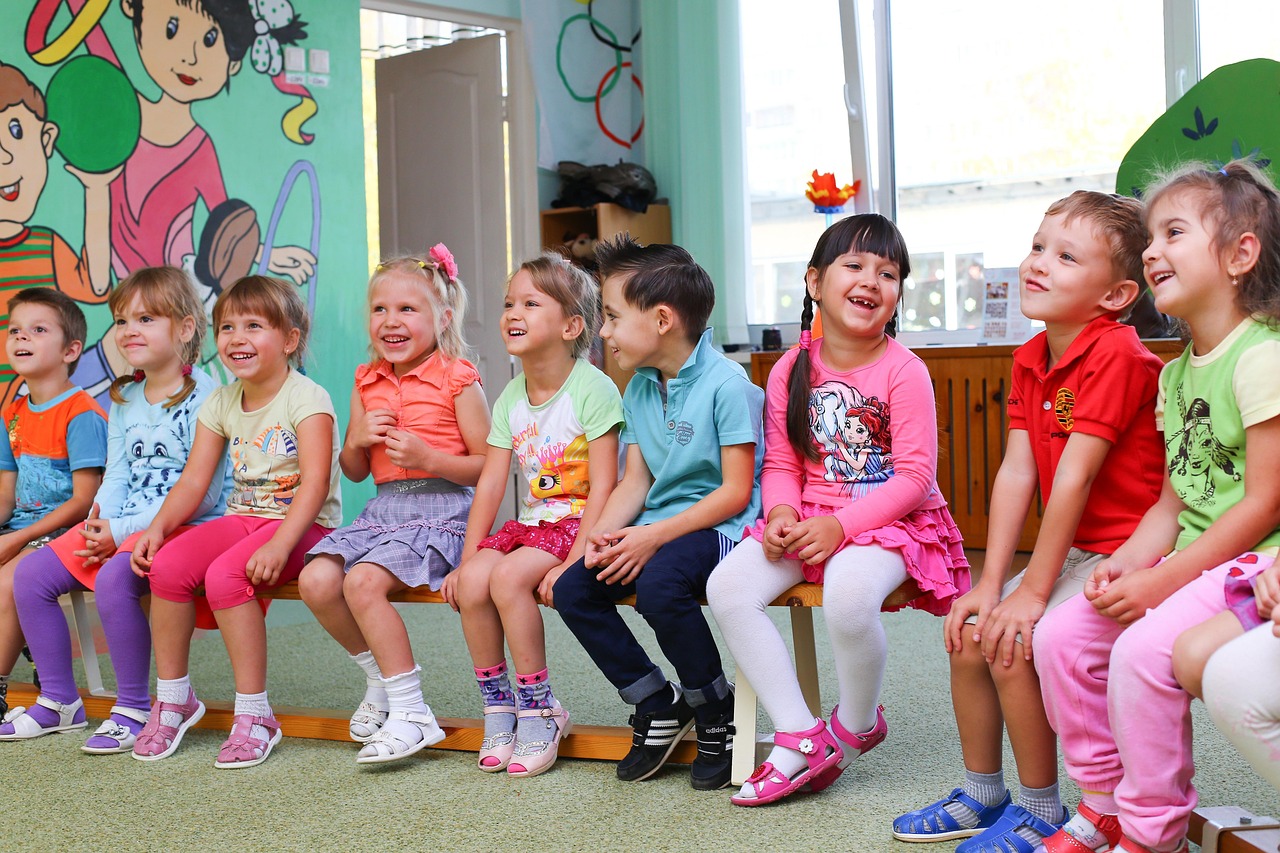Navigating the world of parenting can feel like traversing a complex and ever-changing landscape. Amidst the noise of conflicting advice, one approach consistently shines as a beacon of effective and nurturing child-rearing: positive parenting. This method emphasizes building strong relationships with your children through empathy, respect, and clear communication, fostering their emotional well-being and encouraging positive behavior. But what exactly does positive parenting entail, and how can you implement it in your daily life? Let’s delve into the core principles and practical strategies.
Understanding the Core Principles of Positive Parenting
Positive parenting isn’t about being permissive or avoiding discipline altogether. Instead, it’s about creating a supportive environment where children feel safe, understood, and empowered to learn and grow. It focuses on guiding children towards positive behavior through encouragement and understanding, rather than relying solely on punishment.
Building a Strong Parent-Child Relationship
At the heart of positive parenting lies a strong, trusting relationship built on mutual respect and understanding.
- Active Listening: Truly listening to your child, even when they are expressing difficult emotions, shows them that you value their thoughts and feelings. Put down your phone, make eye contact, and focus on what they’re saying.
Example: Instead of interrupting your child who is complaining about a friend, try saying, “It sounds like you’re really upset with what happened. Tell me more about it.”
- Empathy: Trying to understand your child’s perspective, even if you don’t agree with it, is crucial for building empathy.
Example: If your child is frustrated because they can’t complete a puzzle, acknowledge their frustration: “I can see you’re feeling frustrated because the puzzle is hard. Let’s take a break and try again later.”
- Quality Time: Spending dedicated, uninterrupted time with your child, doing activities they enjoy, strengthens your bond.
Example: Carve out 15-30 minutes each day for playtime, reading together, or simply chatting.
Focusing on Positive Reinforcement
Positive reinforcement involves rewarding desired behaviors to encourage their repetition. This is more effective than focusing solely on punishment.
- Praise and Encouragement: Specific praise is more impactful than generic praise. Instead of saying “Good job,” try saying, “I noticed how carefully you colored that picture. The colors you chose are beautiful!”
- Rewards: Small, meaningful rewards can be used to reinforce positive behavior, but avoid relying on them excessively. Focus on intrinsic motivation whenever possible.
Example: Instead of offering a toy for every chore completed, consider a family movie night after a week of everyone helping out with household tasks.
- Ignoring Minor Misbehavior: Sometimes, the best response to minor misbehavior is to ignore it. This can prevent children from seeking attention through negative actions.
Example: If your child is whining for a candy bar at the store, and you’ve already said no, ignoring the whining may eventually lead them to stop.
Setting Clear and Consistent Boundaries
While positive parenting emphasizes empathy and understanding, it’s equally important to establish clear and consistent boundaries to provide structure and security for children.
Establishing Age-Appropriate Rules
Rules should be clear, concise, and appropriate for your child’s developmental stage.
- Involve Children in Rule-Making: When possible, involve your children in the process of creating rules. This gives them a sense of ownership and increases the likelihood that they will follow them.
Example: Have a family meeting to discuss rules about screen time. Allow each member to voice their opinion and contribute to the final agreement.
- Explain the Reasoning Behind the Rules: Children are more likely to comply with rules when they understand the reasons behind them.
Example: Instead of simply saying “No running in the house,” explain that running can be dangerous and lead to accidents.
- Consistency is Key: Enforce rules consistently to avoid confusion and mixed messages.
Implementing Discipline with Empathy
Discipline should be used as a teaching tool, not as a form of punishment.
- Natural Consequences: Allow children to experience the natural consequences of their actions whenever possible.
Example: If your child refuses to wear a coat on a cold day, allow them to feel cold (within safe limits).
- Logical Consequences: Implement consequences that are logically related to the misbehavior.
Example: If your child makes a mess while playing, they should be responsible for cleaning it up.
- Time-Outs: Time-outs can be a useful tool for helping children calm down and reflect on their behavior.
Example: A time-out should be in a safe, quiet place and should last for one minute per year of the child’s age. After the time-out, talk to the child about what happened and how they can make better choices in the future.
Fostering Emotional Intelligence
Emotional intelligence, the ability to understand and manage one’s own emotions and the emotions of others, is crucial for success in life. Positive parenting can play a significant role in developing this skill.
Teaching Children to Identify and Express Emotions
Help your child learn to identify and label their emotions.
- Use Emotion Vocabulary: Introduce words like “frustrated,” “disappointed,” “anxious,” and “excited.”
Example: Read books about emotions together and discuss the characters’ feelings.
- Validate Their Feelings: Let your child know that their feelings are valid, even if you don’t agree with their behavior.
Example: “I understand that you’re feeling angry because your brother took your toy, but it’s not okay to hit him.”
- Model Healthy Emotional Expression: Show your child how to express your own emotions in a healthy way.
Example: “I’m feeling frustrated right now because I can’t find my keys. I’m going to take a few deep breaths to calm down.”
Problem-Solving Skills
Equip your child with problem-solving skills to help them navigate challenges effectively.
- Encourage Children to Generate Solutions: Instead of immediately solving their problems for them, encourage them to brainstorm possible solutions.
Example: “You’re upset because you can’t find your favorite shirt. What are some things we can do to find it?”
- Evaluate Solutions Together: Help your child evaluate the pros and cons of each solution.
- Support Their Efforts: Offer support and encouragement as they try to implement their chosen solution.
Taking Care of Yourself: The Importance of Parental Self-Care
Positive parenting is most effective when parents are also taking care of their own well-being.
Managing Stress and Emotions
Parenting can be stressful, so it’s important to find healthy ways to manage stress and emotions.
- Self-Care Activities: Engage in activities that help you relax and recharge, such as exercise, reading, or spending time in nature.
- Seek Support: Don’t be afraid to ask for help from your partner, family members, friends, or a therapist.
- Practice Mindfulness: Mindfulness techniques can help you stay present in the moment and reduce stress.
Modeling Positive Behavior
Your children are always watching you, so it’s important to model the behaviors you want them to emulate.
- Show Respect: Treat your children and others with respect.
- Practice Self-Control: Manage your own emotions in a healthy way.
- Take Responsibility: Take responsibility for your own mistakes and apologize when necessary.
Conclusion
Positive parenting is a journey, not a destination. It requires patience, consistency, and a willingness to learn and adapt. By focusing on building strong relationships, setting clear boundaries, fostering emotional intelligence, and prioritizing self-care, you can create a nurturing environment where your children can thrive. Remember to be kind to yourself, celebrate small victories, and focus on continuous improvement rather than perfection. Embracing positive parenting principles is an investment in your child’s future and your family’s overall well-being.



